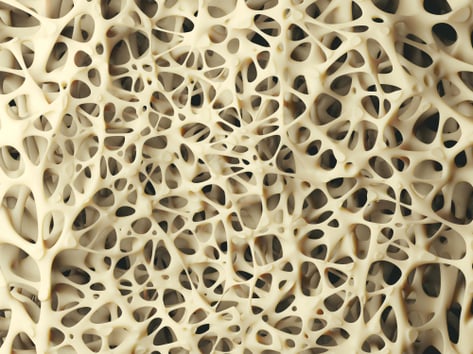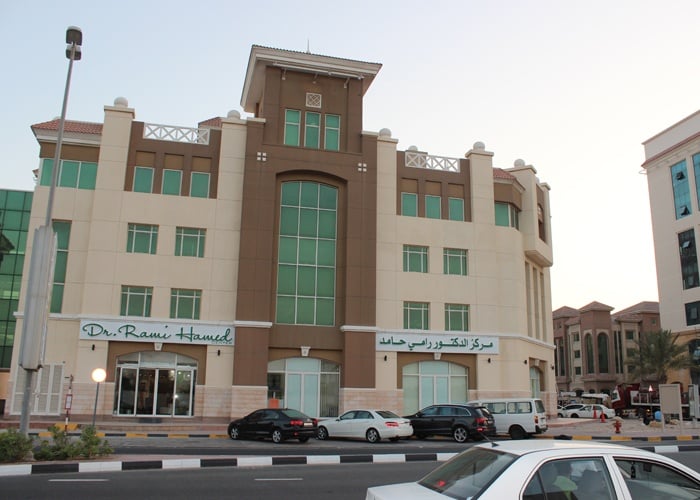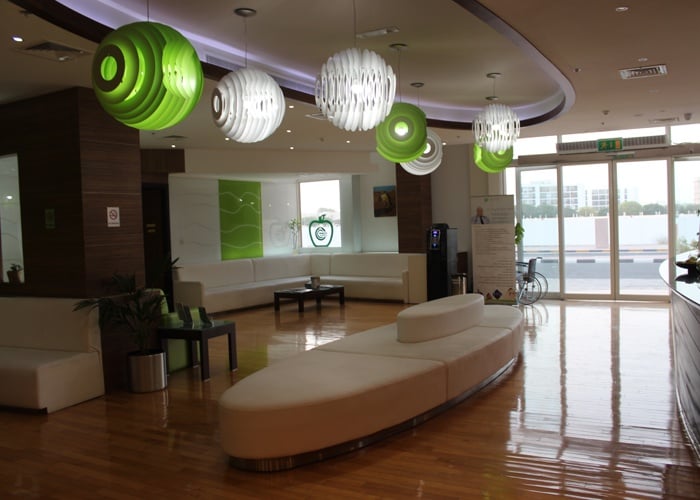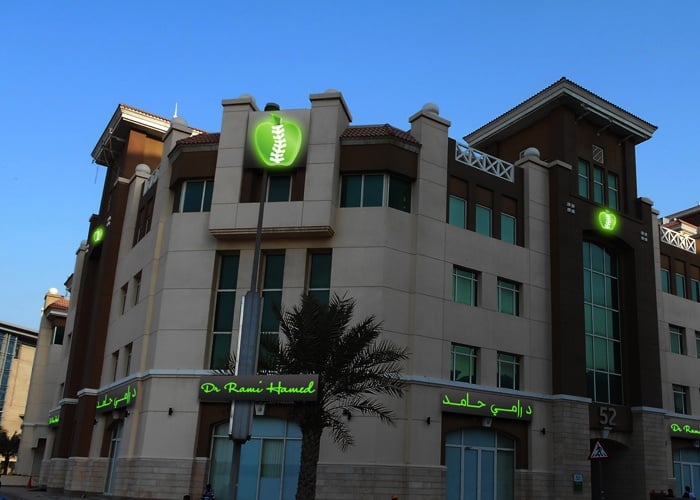Types of Bone Age Study at Pediatric Clinic DRHC Dubai
A. Definition of Bone Age Study
A bone age study is a diagnostic test, a non-invasive, simple procedure that uses X-ray imaging to evaluate the maturity of a child's bones. The test is typically performed on the left hand and wrist (The bones of the hand and wrist are chosen for the study because they mature at a predictable rate and are easily visible on X-ray images), and it involves taking an X-ray of the bones in this area, which is then compared to a standardized set of X-ray images of bones at different stages of development according to children ages (which are based on a large sample of children of different ages and genders).
A radiologist or a pediatric endocrinologist will analyze the X-ray images and compare them to the standard images. The results of the test can be used to determine a child's bone age, which can then be used to predict their future growth and development.

B. Types of bone age study
There are two main types of bone age study: the Greulich and Pyle method and the Tanner-Whitehouse method.
Greulich and Pyle Method:
This is the most widely used method for assessing bone age in children. The Greulich and Pyle method is based on X-ray images of the left hand and wrist and is the most widely used method in North America. It involves comparing the patient's bone x-rays to a standardized set of x-rays to determine the degree of bone maturity.
Tanner-Whitehouse Method:
The Tanner-Whitehouse method, on the other hand, uses X-ray images of the left hand and the left knee and is more commonly used in Europe. This method uses a scoring system to assess bone maturity based on the amount of ossification (bone formation) present in specific bones.
Further, the Tanner-Whitehouse Method is modified into sub-categories:
- TW3 Method: This is a version of the Tanner-Whitehouse method that uses three bones (the left hand and wrist, the left radius, and the left ulna) instead of the original six bones.
- TW2 Method: This is a simplified version of the TW3 method, which uses only two bones (the left hand and wrist),
- RUS (Radiographic Union of the Skeleton): This method examines the skeletal maturity of the whole body using a full-body X-ray.
- MRI (Magnetic Resonance Imaging): This method uses magnetic fields and radio waves to create detailed images of the bones.
C. Radiographic techniques
The radiographic techniques used in bone age studies are typically non-invasive, painless, and safe, which makes them very suitable for the Pediatric population. The X-ray machine used in the study emits a small amount of radiation, which is considered safe. The procedure usually takes around 20-30 minutes, and there is no need for any special preparation.
You may also want to know:
- Interpretations of the Bone Age Study
- Risk and Limitations of Bone Age Study
- Indications of Bone Age Study
- Preparations for the Bone Age Study
.png?width=281&height=59&name=bookanappointment%20(1).png)
Dubai Pediatric Clinic at Dr. Rami Hamed Center provides one of the leading pediatricians in Dubai. Please call +97142798200 to book an appointment today with us!





.png?width=281&height=59&name=bookanappointment%20(1).png)
.webp?width=1080&height=1080&name=Doctor%20background%20For%20Website%20Dr.%20Manaal%2002%20(1).webp)



